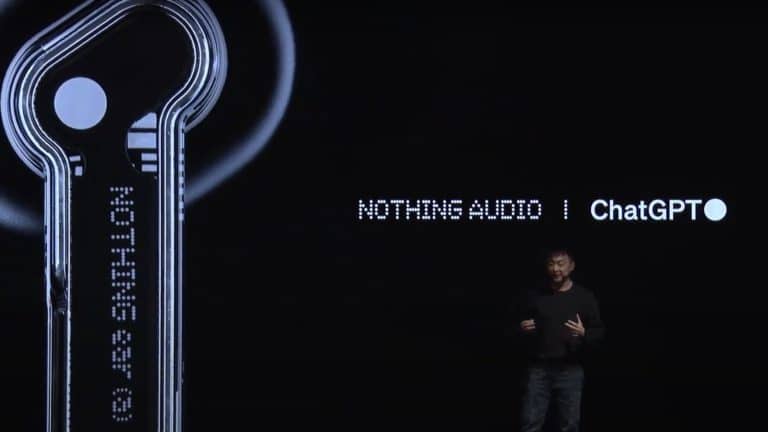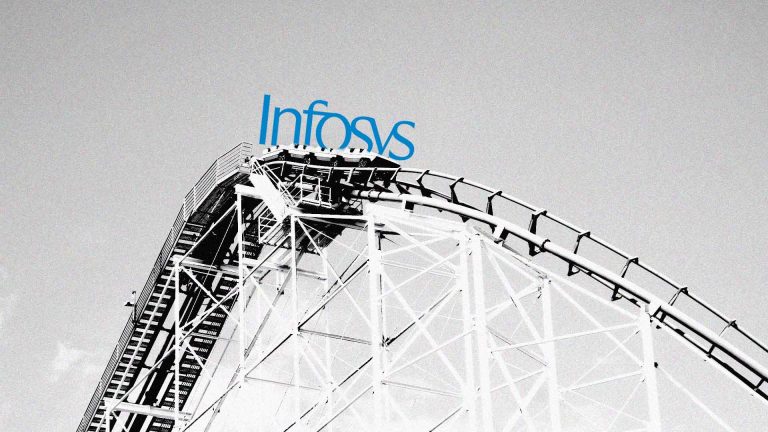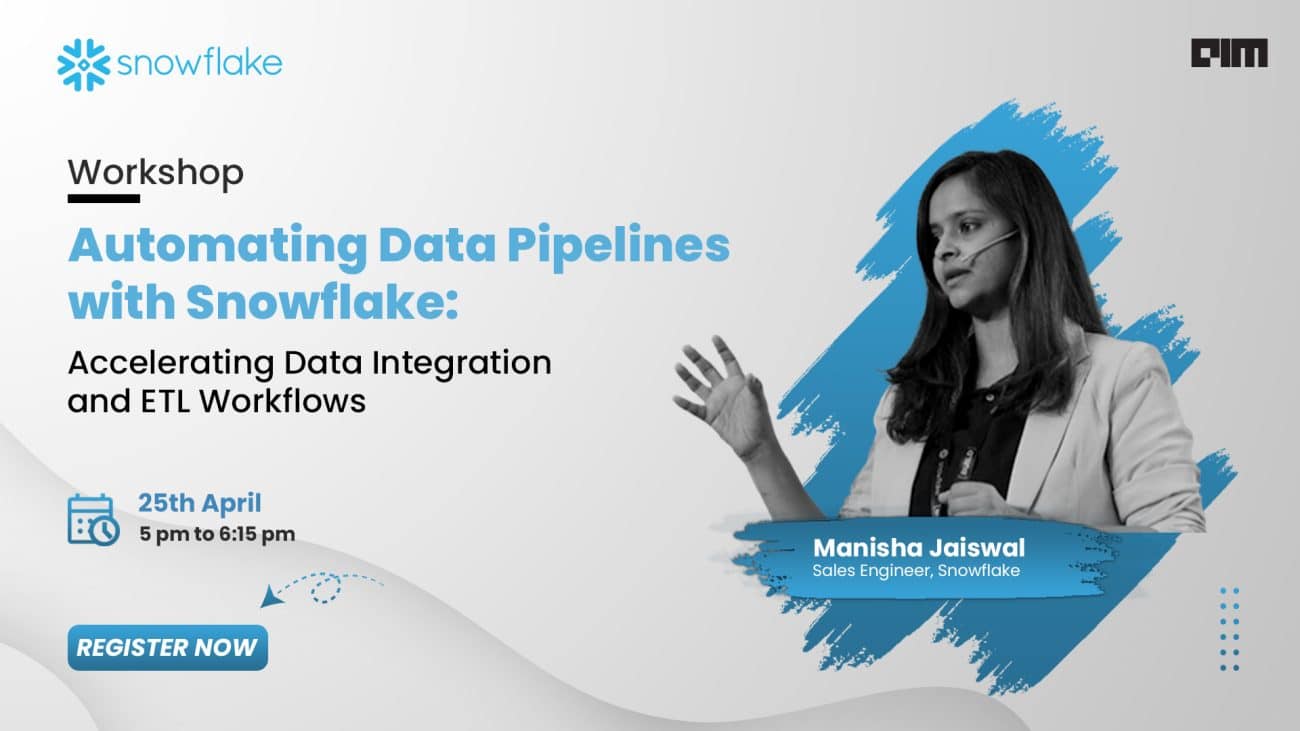“Today, more than 83% of the cloud-based PyTorch projects happen on AWS.”
The Computer Vision Developer Conference(CVDC) 2020 is a two day event(13-14th Aug) organized by Association of Data Scientists (ADaSci). ADaSci is a premier global professional body of data science & machine learning professionals. Apart from the tech talks covering a wide range of topics, CVDC 2020 also flaunts paper presentations, exhibitions & hackathons. There is also a full day workshop on computer vision that comes with a participation certificate for the attendees.
CVDC2020 kicked off with Suman Debnath’s talk on how to ‘Deploy PyTorch models in Production on AWS with TorchServe’. Suman is a Principal Developer Advocate at AWS. Prior to joining AWS, he worked at various organisations like IBM Software Lab, EMC, NetApp and Toshiba.
Why TorchServe
Though PyTorch seen a sudden rise in popularity amongst ML practitioners, it does come with few challenges:
- no official model server,
- developers need to write custom code and
- one has to build own systems for scaling, security etc
“TorchServe addresses the difficulty of deploying PyTorch models.”
Today, more than 83% of the cloud-based PyTorch projects happen on AWS. So, it is crucial to address these challenges. This is where TorchServe comes in handy. TorchServe, a PyTorch model-serving library that makes it easy to deploy trained models at scale without writing custom code. TorchServe was developed by AWS in partnership with Facebook. TorchServe addresses the difficulty of deploying PyTorch models.
Model serving is the process of situating a trained ML model within a system so that it can take new inputs and return inferences to the system. TorchServe allows users to expose webAPI for their model that can be accessed directly or via application.
Excerpts From The Talk
In this intriguing talk, Suman detailed how to deploy and manage machine learning models in production, which is often considered to be the most challenging part in an ML pipeline. Suman, who has vast experience of working with AWS cloud services introduced the attendees to the many advantages of using AWS in conjunction with PyTorch. With TorchServe, one can deploy PyTorch models in either eager or graph mode using TorchScript, serve multiple models simultaneously, version production models for A/B testing, load and unload models dynamically, and many more.
Using an EC2 instance as a VM, Suman demonstrated how to launch TorchServe. Here’s a snippet of code that gives an idea of the working of TorchServe:
Install torchserve and torch-model-archiver
pip install torchserve torch-model-archiver
To serve a model with TorchServe, first archive the model as a MAR file.
Download a trained model.
wget https://download.pytorch.org/models/densenet161-8d451a50.pth
To get predictions from a model, test the model server by sending a request to the server’s predictions API.
Know more here.
Talking about the real world applications of TorchServe, Suman cited the examples of Toyota and Matroid. While Toyota Research Institute Advanced Development, Inc. (TRI-AD) is training their computer vision models with PyTorch, the framework lacking a model serving framework. As a result, the car maker spent significant engineering effort in creating and maintaining software for deploying PyTorch models to our fleet of vehicles and cloud servers.
With TorchServe, Toyota now has a performant and lightweight model server that is officially supported and maintained by AWS and the PyTorch community. Whereas, in case of Matroid, a maker of computer vision software, TorchServe allows them to simplify model deployment using a single servable file that also serves as the single source of truth, and is easy to share and manage.
Stay tuned for more updates from CVDC 2020.


























